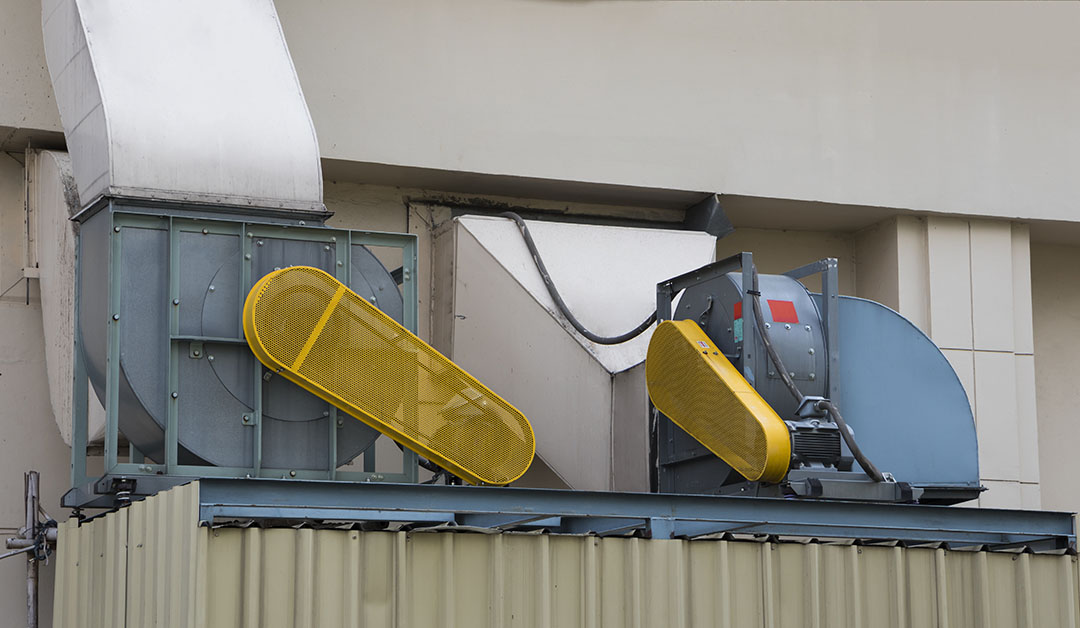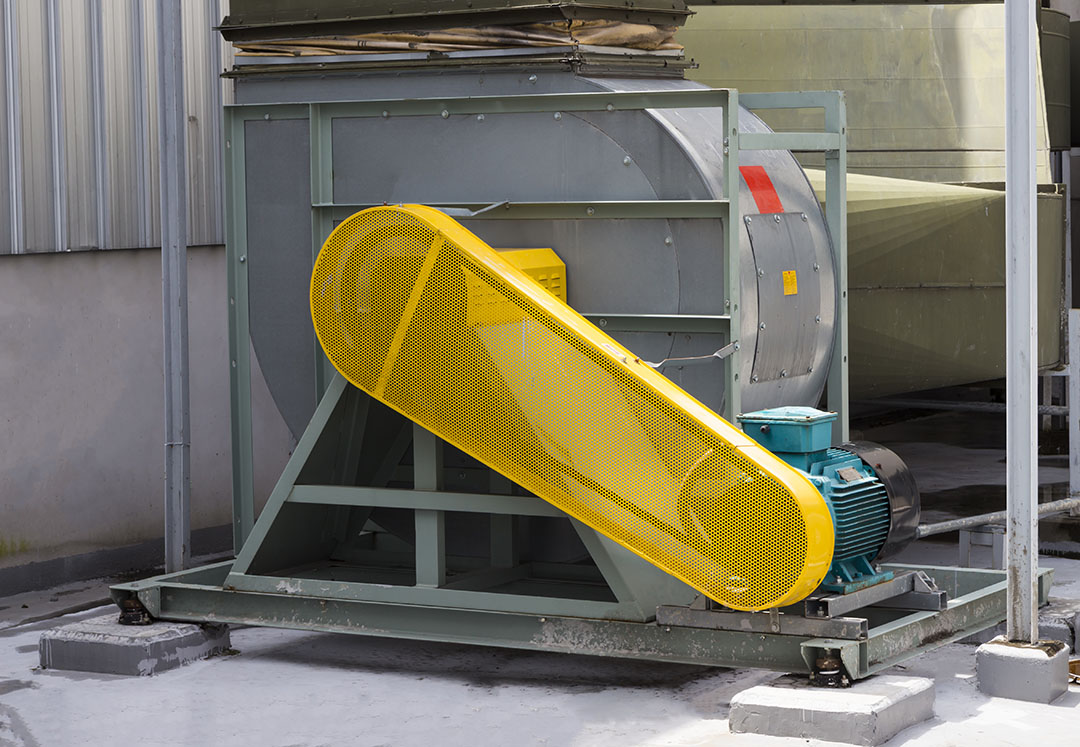 Manufacturers design their machines to protect operators from coming into contact with hazardous parts. Despite this, machines cause more than 18,000 injuries—including amputations, lacerations, and crushing injuries—in the United States each year. Many of these injuries were caused by unsafe operation or improper maintenance. Machine guards, or barriers between the operator and dangerous parts, are one of the most common strategies that manufacturers use to make their tools safer.
Manufacturers design their machines to protect operators from coming into contact with hazardous parts. Despite this, machines cause more than 18,000 injuries—including amputations, lacerations, and crushing injuries—in the United States each year. Many of these injuries were caused by unsafe operation or improper maintenance. Machine guards, or barriers between the operator and dangerous parts, are one of the most common strategies that manufacturers use to make their tools safer.
Types of Machine Guards
There are several different types of machine guards. Guards are materials that keep workers from having direct contact with moving parts and other dangerous areas of a machine. Some guards also protect workers from shavings, flying shards or metal sparks created by working machines. The Occupational Safety and Health Administration (OSHA) requires any machine part that could cause injury to be guarded. Guard design and material will vary from machine to machine and from tool to tool. The most common types of machine guards are:
- Fixed guards
- Interlocking guards
- Adjustable guards
- Self-adjusting guards
Fixed Guards
Fixed guards are permanently attached to the machine or tool, don’t have any moving parts, and can’t be moved while the machine is in use. They’re most often used to enclose the point of operation, or other hazards that the operator doesn’t need to interact with, like fan blades or flywheels. Because fixed guards are permanent features of the machine, they must be disassembled and removed to perform any kind of adjustment or maintenance.
Adjustable Guards
Adjustable guards, like fixed guards, are permanent, but they can be adjusted to allow the machine to handle different sizes of material. They must be manually adjusted and locked into place, so all employees who will operate adjustable guards must be trained on their use. If improperly adjusted or locked, adjustable guards can fail to prevent contact with moving parts, causing serious or even fatal injury.
Self-Adjusting Guards
Self-adjusting guards serve the same purpose as adjustable guards, but automatically adapt to the size of the material. When the machine is at rest, these guards sit all the way down. When the machine is in use, the operator feeds material into the machine, which opens the guard just enough to let the material in. These guards are commonly found on table saws and woodworking tools.
Interlocking Guards
Interlocking guards, also known as barrier guards, automatically shut off or disengage the power source when the guard is open or removed. These are particularly useful in situations where operators need to be able to open the guard or access the guarded parts of the machine, such as when clearing jams. These guards allow safe access to interior parts of the machine without requiring a total disassembly. However, they can be easy to open on accident and require careful adjustment and maintenance.
General Safety Precautions
To avoid potentially life-threatening injury, employees should receive proper training before operating any machines or power tools. Employees must never operate machinery without prior training. Employees must:
- Inspect all tools and guards before each use
- Follow all proper lockout/tag out procedures when necessary
- Use proper procedures when setting up a machine, adjusting a machine, clearing jams, and cleaning or lubricating parts
- Never remove guards while operating a machine
- Tag all damaged guards and machinery “Do Not Use” and report them immediately
Summary
The majority of machine-related injuries are completely preventable. To keep your workplace safe and avoid costly injuries and lawsuits, provide all employees with proper training before they operate any machinery or guards and keep up with regular maintenance and repairs. Instruct employees to never remove machine guards before or while operating a machine.
For more information, see the following links:
Machinery and Machine Guarding


